Pomegranates and roses
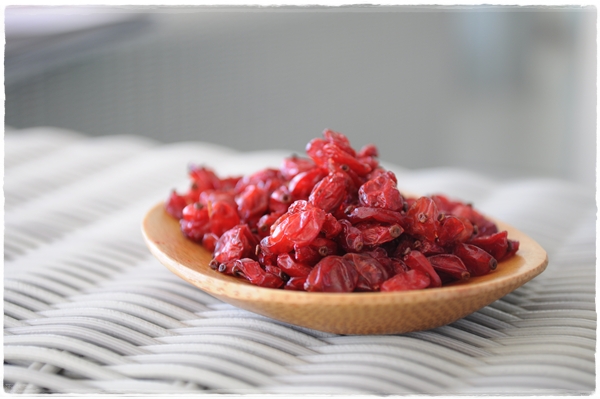 Iran or Persia? This question reminds me of a passage from Anne Tyler’s novel Digging to America. A group of friends of Iranian descent are discussing the reaction of the American hostess at a party. The guest has answered ‘Iran’ as the answer to the question ‘Where are you from?’.
Iran or Persia? This question reminds me of a passage from Anne Tyler’s novel Digging to America. A group of friends of Iranian descent are discussing the reaction of the American hostess at a party. The guest has answered ‘Iran’ as the answer to the question ‘Where are you from?’.
‘Oh! Persia!’ (says the hostess)
‘No’ I said ‘Iran. Persia is only a British invention. From the start it was always Iran.’
‘Well I prefer Persia,’ she told me. ‘Persia sounds much more beautiful.’
Sami, one of the main characters, advises “What you should have told her is, ‘Oh then! In that case! Please don’t let a mere twenty-five hundred years of history stand in your way, madam.'”
Do we all view everything that’s good about this country, everything mysterious, romantic, interesting, progressive, enriching and cultural, as something in the distant past to be labelled ‘Persia’ and all that is new and/or negative as ‘Iran’?
The difficulties of being able to travel to Iran means that most of us receive our information via the media (which is usually fear, suspicion and bad news). The U.A.E.’s proximity to Iran means that there is a large expatriate population here. Radio Shoma broadcasts in Farsi to over 600,000 Farsi speakers and Iranian restaurants abound. There is one way to get to know more about a country and its people – through its food culture.
This was one of chef Ariana Bundy’s motivations for writing a cook book about Iranian food. She hopes that people will read her book, make some of the recipes at home as a way of getting closer to the Iranian people. When I met Ariana at her light, airy home in Dubai, I shamefacedly confessed that until I moved to the Middle East I assumed that Arabic was the language of Iran and that I still knew very little about Iranian cuisine. I had a hunch that I was not alone. Over the next half an hour I received an amazing beginner’s guide and crash course, departing with my mind full of images, my imagination full of flavours and clutching a bag full of barberries.
Firstly Ariana showed me a copy of her book Pomegranates and roses – unsurprisingly (after all I’ve just said) subtitled My Persian family recipes. It is an exquisitely beautiful book which would justify its purchase if it never left your coffee table. Ariana worked on the styling of the book with her Mother, a Parisian fashion designer, who brought textiles and cooking pots, fabrics and cutlery from Iran, even matching cloth from a certain region to the relevant dish of origin. Another reason Ariana cites for writing the book was to produce a collection of recipes in a more modern way – the pages are edged with intricate motifs, text overlaid with Persian script and beautiful photography of the food and ingredients. It’s more than just a recipe book however giving a background of the evolution of the cuisine, sources of ingredients and the important principles in putting a dish together.
Ariana threw information at me, each nugget interesting or even astonishing. Iran is the biggest producer and exporter of caviar in the world. And of stone fruit, saffron and pistachios, demonstrating how richly fertile this country is, combined with an ancient aqueduct system which means that even remote areas can be irrigated, “the California of the Middle East”. Top-quality produce, in season is the basis of taste.
The key to understanding how to cook these recipes and what makes Iranian cuisine rather unique, lies near the beginning of the book. The sardi (cold) garmi (hot) system of classifying foods and temperaments. Ariana explained it as the Yin and Yang of Iran. Apparently all Mothers discover which camp their child falls into from an early age; this system of classification is called Unani and derived from the teachings of Greek physician Hippocrates, and Roman physician Galen. All main foods are divided into sardi or garmi and balanced within a dish to complement or off-set each other. In some cases the use of sharp ingredients such as verjuice, lemon or dried limes is also contrasted with other elements to achieve a sweet and sour balance. The seasons are also consulted; walnuts and garlic, which are garmi, would not be used during the heat of the summer, instead there would be sardi foods like cucumber and yoghurt. Whether a guest is old, young, sick, healthy etc. will also be taken into consideration. This counterbalancing of ingredients and view of the whole meal may explain why Iranian dishes have such interest and appeal. Ariana says that children absolutely love it as it is different but comforting. She’s found that when she cooks Iranian meals, her son eats and eats.
That Ariana hasn’t always cooked the food she grew up eating at her Grandparents’ table is another strength of the book. She grew up in the West (Switzerland, New York, London) and made a career change from international business and marketing to train in patisserie at the acclaimed Le Cordon Bleu school in Paris. After several years catering for the stars in Los Angeles, she decided to spend more time with her family and wrote a cookery book called the Sweet Alternative about desserts which are free of gluten, soy and dairy that was inspired by her and her family’s dietary intolerances. For this next book she brought her chef’s discipline to the process in recording the recipes passed down through her family and learning how to make them herself. She wanted precise instructions so she could re-create the authentic recipes and said it was a real challenge to get them as her relatives would say ‘a handful of this, a handful of that’. “I took my digital scales and I’d turn my back for one minute and something else would go in! But I was determined to record it properly, that’s why there are two whole pages dedicated to cooking rice.”
By now I was positively stroking the book and every time I turned the pages something else caught my eye. Elegant cold yogurt soup called Mas o Khiar and Asheh Reshteh, a soup with a drizzled garnish of Farsi script. Nowruz, which marks the Iranian New year is on March 21st and it’s traditional to eat noodle soup (and some people also leap over bonfires). The noodles represent the different paths one takes in life. With KP in mind I spotted a recipe for meatballs called Koofteh Sabzi which are normally served with bread and Torshi which is a Persian pickle.
When discussing the combination of fruit and meat for which Persian cuisine is famed, I confessed that I had never tasted barberries so Ariana fetched some. Used commonly in recipes during Elizabethan and Victorian times in Britain, it’s a shame that these sharp fruit fell from fashion (to be replaced by the imported cranberry I fear). In true Middle East traditions of hospitality, Ariana kindly bagged up some barberries for me to take home. A few copies of her book will be available at her talk during the Emirates Airline Festival of Literature, ahead of it’s UK release; I’ll be at the front of the queue. If you want to meet Ariana, hear more about her journey to learn about her native food culture and the secrets of Iranian cooking, including Zereshk Polo ba Morgh – chicken with barberries served with rice, her session is at 13.30 Friday 9th March
To read more about Ariana there is a great article by Emily Shardlow in The National. You can also see her on Thursday night on Studio One, Dubai One TVdemonstrating the dish above. After the Lit Fest, Pomegranates and Roses will be in Dubai book shops in April (otherwise order from Amazon).
To my eternal regret I missed going on a trip to Iran with some friends a couple of years ago. I hope there will be a little piece of Persia (or Iran!) in my kitchen when I get the book home and liberate the barberries from the fridge.
Trackbacks
- Pasta that refreshes the parts… « My Custard Pie
- Croissants – part one « My Custard Pie
- Tour the Middle East via your tastebuds « My Custard Pie
- Persian Cookbook: Blasphemy? | Peace of Iran
- Goodbye, hello « My Custard Pie
- Poila Baishakh with Shiraz | Celebrating Festivals in Dubai – Episode 4 |
- Lamb rice with crispy potato base from The Jewelled Kitchen | My Custard Pie
- Several courses of the first Dubai Food Festival | My Custard Pie
- The pomegranate connection | My Custard Pie
Comments are closed.
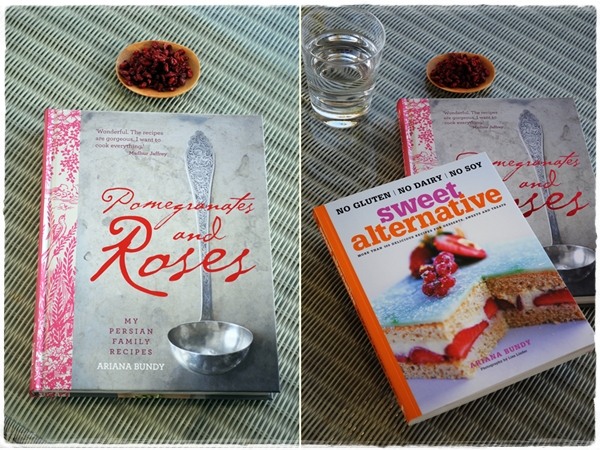

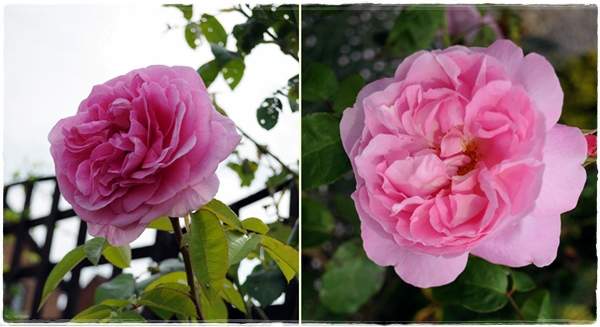
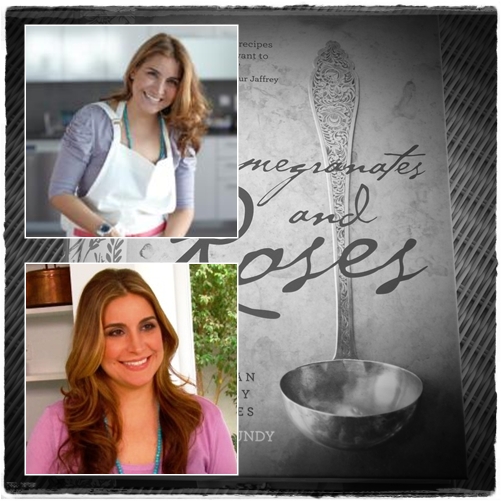
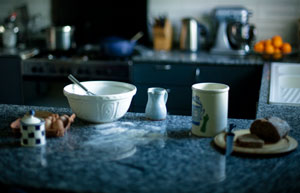







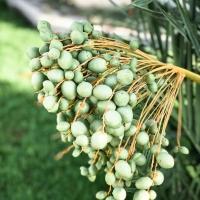
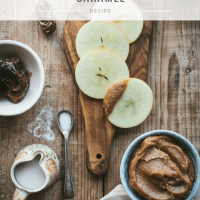
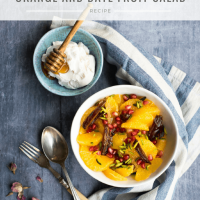
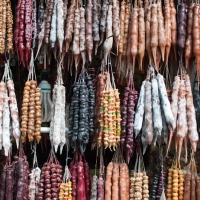

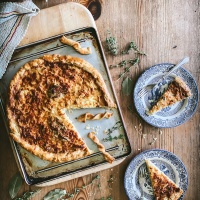
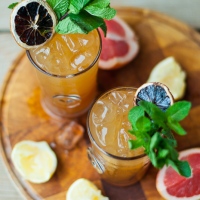




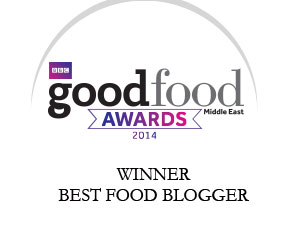



I’m a diehard fan of Iranian food, but barely know anything about it beyond the commercial kababs. I think you’ve just convinced me to buy a copy of Ariana’s book… 🙂 Sadly I can’t attend Saturday’s session with her at the Lit Fest…so bummed about it 😦
I am determined to get my hands on a copy so come on over and browse mine. PS She is keen to meet all the Fooderati and join in our food-related madness!
I will look out for Pomegranates and roses – thank you! This sounds like a recipe book I will love 🙂
I’ll let you know how I get on cooking from it Tandy – but it is honestly one of the most beautiful cookery books I have seen in a long time.
Love the photographs of the pomegranates.
I’ll be at Litfest but have booked something else on the same time-slot. I’ll be at the foodie panel Saturday morning with Husseini, Chinn and Locatelli…will I be seeing you there? 🙂
Ah yes I was rather pleased when I took those pics and any excuse to dig one out again (rejected by TS and FG btw!). Yes coming to the foodie panel so see you there.
It sounds a lovely book Sally, I must grab my Persian book from the shelf and cook from it.
The pomegranate photo is lovely. I no longer understand TS, FG and the like, I think they are biased against non US sites for starters.
Oooh do you really think so? Never heard that one Helen. I just know that there seems to be no rhyme or reason to what they accept. There are some really dodgy pics on there, but they are centred, sharpened and overexposed. I like Tasteologie which seems to have a better quality control policy and some more unconventional images. Which Persian book do you have?
It’s a working weekend so no LitFest for me 😦 but definitely want to buy the book now. Iran fascinates me and I’d hope on a plane there tomorrow if I could. And Iranian food is delicious, whatever little I’ve had of it.
Interesting the sardi/ garmi distinction – it’s the same words we use for the cold/ hot season in India and we have a similar philosophy of heaty/ cooling foods back home… especially among the older generation.
Shame about the LitFest – Taste of Dubai next weekend? I also would hop on a plane given the opportunity – perhaps we should go together? It’s not impossible, just difficult. This also influenced parts of India I believe, hopefully something I’ll learn more about.
I am a big fan of Middle Eastern food and have just discovered Iranian food about a year ago! The book must be lovely. I wish I could take part in such an event…
Cheers,
Rosa
We are very lucky to have the lit fest here – it’s a wonderful event.
What a wonderful book review! Thanks Sally, I’ll look out for this one. We haven’t had a lot of opportunities to taste Iranian food, but I will investigate to see if we have any restaurants here in Sydney (from memory, I think there is at least one)…
I’ll keep you posted on my learning journey. I’ve tasted the zereshk polo this weekend and it’s divine. Can’t wait to make at home.
Thanks Sally for introducing this book and personality. You are really always on top of things:). I bought some lovely pomegrantes from India in Spineys! and was thinking of doing a children’s Jello from pomegrante juice.xx
By the way Sally..The look of your featured book reminds me so much of Tessa Kiros’ book ‘Falling Cloudberries”… also stunning account of family recipes.. will be writing about it soon.. I wonder if its the same publisher Murdouch Books? Lara
There is a pomegranate jelly recipe in the book – it looks beautiful (topped with gold leaf!). Simon and Schuster is the publisher here..
Hi Sally… my attempted fresh pomegranate recipe.. failed miserably on the weekend:0 … I use powdered vegetarian gelatin .. so I missed something in the conversation….Anyway.. will look out for it in book stored,, unless you have an idea of where to get one..
Looking at Ariana’s recipe for Jelleye anar, she uses juice and either leaf or powdered gelatine (2 sachets of powder or 3 leaves to 1.5 litres of juice) plus a bit of sugar if required. Vegetarian gelatine can be trickier to use I believe.
Agree with Lara above – that cover SO has the same feel to it as Falling Cloudberries (which I also love!). My parents went to Iran when the Shah was still in power and brought back wonderful carpets and inlaid boxes that I love to this day. And intriguingly, there is a theory that the Cape Malay cooking tradition of putting fruit into meat dishes was brought to S Africa by Iranian political prisoners who were often exiled to the Cape and brought their household and servants with them – all of whom would have been well versed in the Persian cooking traditions. Fascinating!
I never knew that connection with the Cape Malay cuisine – indeed fascinating. Thanks Jeanne – and what an amazing experience your parents must have had.
HI Sally, I went to the book launch at the Lit Fest today & picked up a copy of Adriana’s new cookbook. It’s a gorgeous book! I look forward to seeing some of her cooking demos at Bloomingdale’s & Tavola. Meanwhile, I’m going to enjoy using these recipes. 🙂
You asked a question didn’t you! I knew you looked familiar and was wracking my brains. Love to hear how you get on with the recipes – I loved the zereshk polo and mast o khiar that we tasted at the session. Can’t wait to have a try at home.
I was so sorry to miss the session at the Lit Fest but your post has spurred me on to buy the book – definitely agree that it has the look/feel of Tessa Kiros’ books. I love Iranian food and if you are keen I also recommend two other very good cookery books – Persia in Peckham by the irrepressible Sally Butcher who married an Iranian and runs a treasure trove of a store back in London and the Legendary Food of Persia by Margaret Shaida. They lack the beautiful photography of Adriana’s book but they are both lovely in their way and full of little anecdotes and tips.
I’m going to keep an eye out for these books. A book called The Persian Table was mentioned at Ariana’s talk and is also very good apparently.
Great – another one to add to the library. You can never have too many cookbooks I say!
Also guilty of this!
A lovely review of Ariana’s book, Sally. So bummed I didn’t pick up a book while I was there at LitFest.
There were only about 40 available and they went like hot cakes. You can place an order at Kinokuniya apparently – will be in stock in April sometime. You are welcome to browse mine.
I’m so excited for this book! I can’t wait! Thank you for sharing!
Thanks for this comment – it gave me a chance to visit your lovely site too.
Thank you 🙂
Fantastic post – I’ve never really been into middle eastern food beyond what I ate when living there as a child. But this sounds like a wonderful book to get acquainted with.
Definitely keeping a look out for this one, I noticed it a while back and loved the title, for a start! Lovely review and yes, such an interesting food landscape and history.
A book that’s new to me, Sally – but soon to become an old favourite. Beautiful.
On the TS and FG subject, by the way…. I find it utterly bewildering. It’s like trying to play a game of cards without being told the rules.
Very interesting! I totally enjoy Iranian cuisine and have always been fascinated by Iranian Culture, I have Ariana’s book and love it… enjoyed reading this post and love your pics as always… keep them coming :))
So kind Dima – thanks for the comment.
Im married to Persian so this cuisine is very popular in our home. I havent heard about this book yet but I will check to buy. Thank you for sharing.
You’ve got a head start on me then – I’m really excited to learn more about Persian food.
What a stunning and insightful post – as usual, really. Many regrets on my part that I missed Ariana’s session at LITfest. I did see her the year before in the foodie panel, such a lovely lady and so passionate about her food. Will definitely get my hands on that book @ first opportunity
I only took two cookbooks with me to Beirut (long flight from Dallas) and one of them was Persian! Will order this one, more for the photos than the recipes since I have been a fan of Persian cuisine for years…thanks for the recommendation!
I’m just of the start of the journey of finding out more about this cuisine but I love what I’m discovering so far…with Ariana’s help.